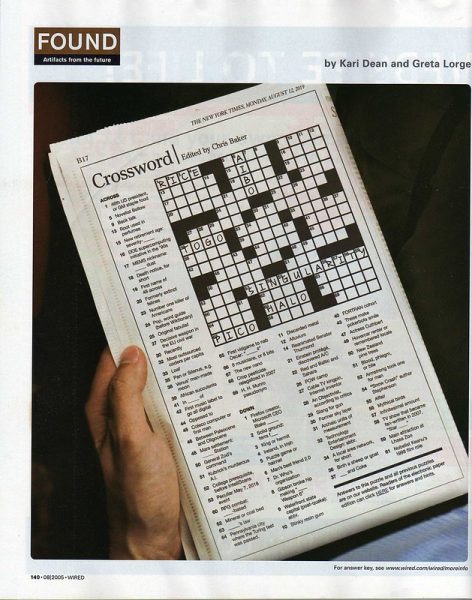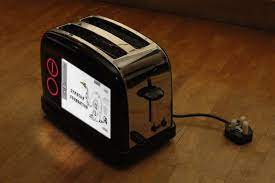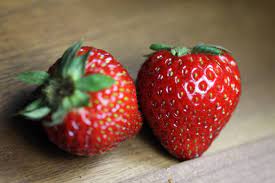Tricks for treats: Maximize your Halloween experience

As the weather cools and winter draws near, festive decorations adorn SJS.
October 28, 2014
As Halloween approaches, some students face a tough decision. Whether it’s because Party City’s costumes no longer fit or because classmates plan to stay behind the door, this year many must ask themselves: Should I still be trick-or-treating?
The following list gauges the typical reactions people have to trick-or-treaters of varying ages.
From 3 years to 6 years: “Awww, what a cute little bumblebee!”
From 7 years to 9 years: “I love princesses!” (throws entire basket of candy at them)
From 10 years to 12 years: “Wow, that was scary! I thought you were actually Frankenstein!” (gives handful of candy)
At 13 years: “Take two pieces.”
From 14 years to 15 years: “Here’s half a Twizzler.”
16 and beyond: “… please get off my front lawn.”
There are two things wrong with this list. One, Frankenstein is the doctor; the monster in Mary Shelley’s novel does not have a name.
Two, teenagers are being unfairly discriminated against in this international tradition. Some cities, such as Belleville, Missouri and Boonsboro, Maryland, have passed laws prohibiting kids over the age of 12 from trick-or-treating.
While these legislations may seem outrageous, there is justification as to why these laws exist. Older kids tend to start trick-or-treating at later times. People do not appreciate having their doorbells rung at 10 o’clock at night. Furthermore, most parents agree that as kids age, they become less and less “cute.” Passing out candy on Halloween is just an excuse for people to “ooh” and “aah” over baby dinosaurs and Cinderellas.
Let’s be honest. No one wants to see teens wearing hastily thrown-on Superman t-shirts, holding black garbage bags as they brainstorm the quickest route to the next house.
So, should you stop trick-or-treating just because society says so? Of course not. In support of your decision, the Review has provided some valuable tips for you to maximize profits on Halloween.
1. Location, location, location
The relationship between candy-givers and trick-or-treaters can be compared to the business model of supply and demand. Going to crowded neighborhoods is a bad idea since the demand is greater than the supply. Therefore, candy-givers have a choice in who to give candy to. Chances are, it’s not you.
The smart move would be to trick-or-treat in fairly isolated places where supply is higher than demand. Since in those areas people have more candy than trick-or-treaters, they’ll happily give you an additional Milk Dud box or two.
2. Block parties
I cannot stress this enough. Block parties are jackpots. There’s candy. There’s soda. There’s even real food just in case you get tired of constant sweetness. It’s like taking candy from a baby, no pun intended.
A note of caution: some block parties are exclusive to people who live on that block. Don’t be surprised if you get some strange looks from people. Attending your own block’s party is efficient and hassle-free because you know everyone, and everyone knows you.
That is also the only problem–be prepared to fend off questions about your high school life and college.
3. Younger siblings
This method is very popular among teens. In this scenario, the better acting skills your younger sibling has, the higher potential for profit you stand to gain. Offer to take your little brother to go trick-or-treating for a few hours. When you get back, you can split the revenue.
If your brother can memorize the lines “I love you so much, big brother!” or “My sister’s the best!” you will have moms and dads begging you to take the rest of the candy because “you’re such a kind and caring sibling!”
Pure gold.
All in all, Halloween is a fun holiday to celebrate with friends and family. If you want to go trick-or-treating, by all means, go ahead. Age is just a number.
If you decide against it, that’s fine too. But you won’t. No one passes up free candy.












